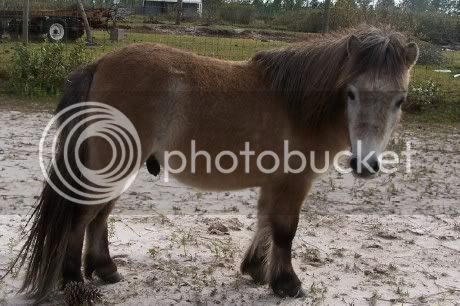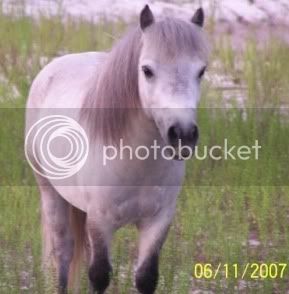wantminimore
Well-Known Member
I'm lost here. Couldn't one of your non grey foals out of a grey mare eventually turn grey as it got older?That's right, Robin! Grey is a dominant gene and will not 'hide'. It takes a visible grey to produce grey. Many don't understand how grey works. I had a heck of a time selling non grey foals out of a grey pinto mare I had. If the foals weren't grey, they didn't inherit the greying gene no matter how 'grey' the dam was!If a horse is NOT gray himself( even though he has a few gray ancestors)... he will not produce a gray or fading gray gene foal... unless he is bred to a gray horse?
Leslie


















